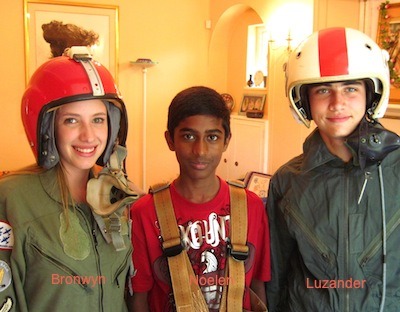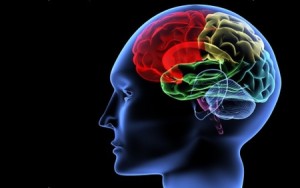Mind Mapping is for Problem Solving and lots more
Mind mapping from Tony Buzan is one of the coolest techniques you will ever learn for problem solving, note taking, learning and organizing your thoughts.
Search the internet and you will find millions of pages about it. Mind mapping is useful for almost any information-related task you care to name. Want to solve a problem? Record a lecture? Try a mind map. Want to prepare a presentation on the run in minimum time – use mind mapping and commit the result to Power Point. Need to plan a meeting? Track a meeting? Summarise a textbook or report?
Here is how to do it: its as easy as one-two-three …
You’ll need a writing space (pad, sheet, whiteboard, whatever), and a handful of colored markers. It works just as well using a free mindmapping tool like Freemind. I generally prefer paper and pens.
1. Topic goes in the centre – best is to embroider it with an image or even just a few colours to help turn on the right brain.
2. Then radiate your ideas from the centre – printing on lines. This is important. Why? – because it works.
3. Once you are done, you can add links, images, highlights – whatever is necessary to make the information come alive for you. If you are using mind mapping for study notes you will want to add images and colours to help make the written information more memorable.
You are using hierarchical thinking – much better for many tasks than traditional linear top-left-to-bottom-right notes.
It turns out that this is the way the brain works. The brain seems not to be optimized for traditional linear notes.
And the proof is in the pudding. Try it – you’ll see. I have been teaching mindmapping and problem solving for over twenty years, and my students never fail to be amazed at their results with this great tool.
Richard Broome has been teaching Thinking Skills workshops for many years in South Africa and Australia. There are sessions upcoming in Perth and Joburg.


